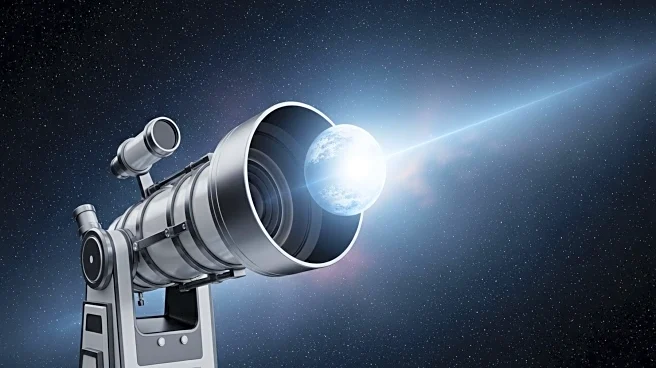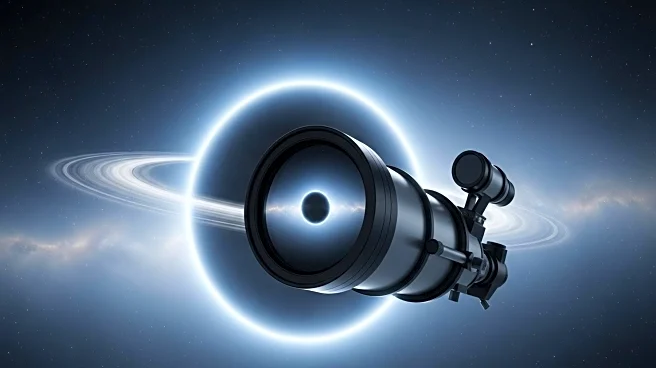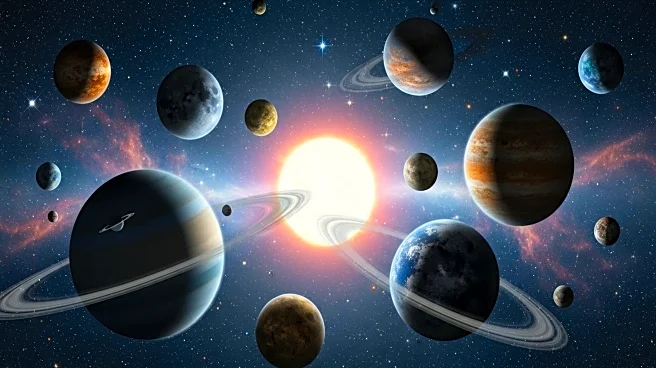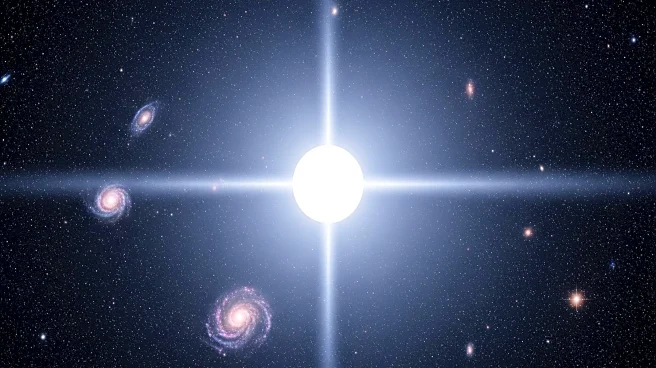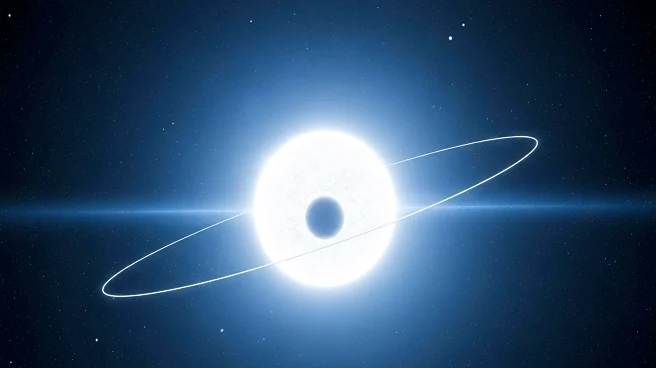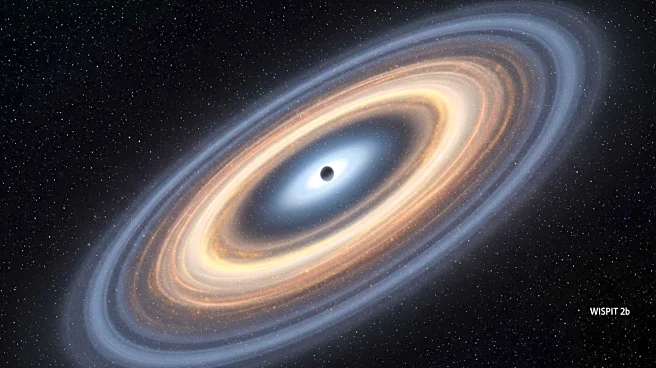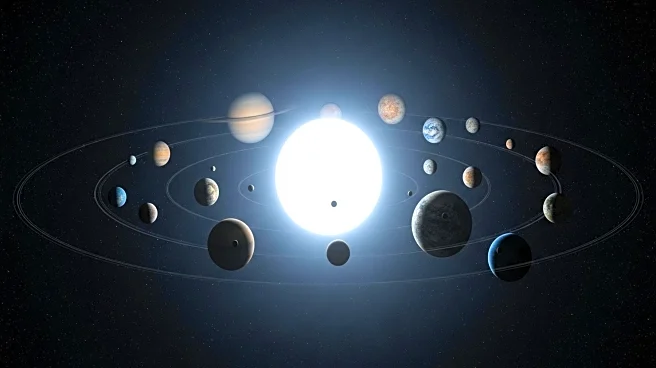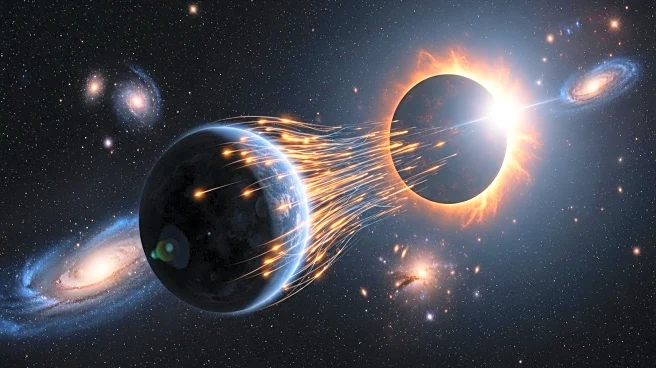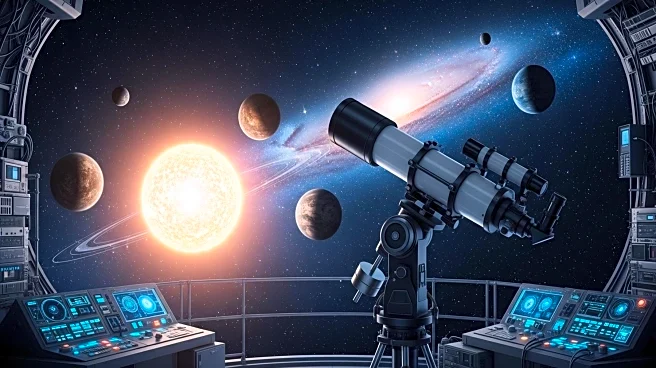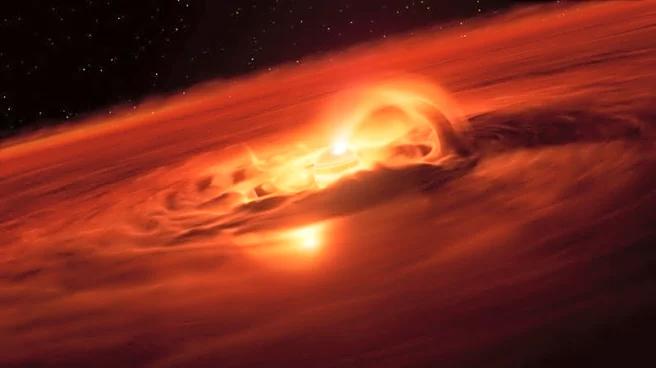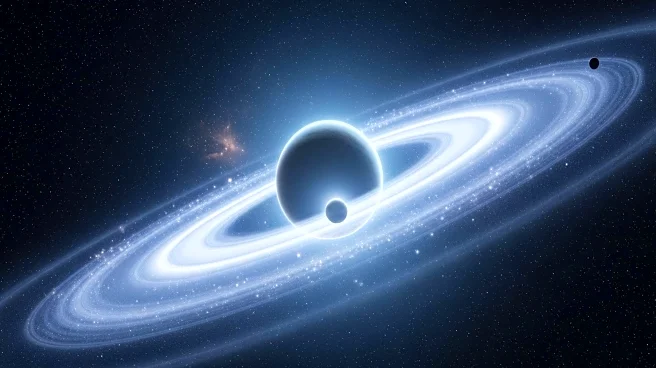What is the story about?
What's Happening?
The discovery of 51 Pegasi b, the first exoplanet orbiting a Sun-like star, marked a turning point in astronomy. Since then, over 6,000 exoplanets have been cataloged, revealing a diverse array of planetary types, including hot Jupiters and super-puff gas giants. Despite this progress, scientists have yet to find a planetary system resembling our own. The quest for an Earth twin continues, driven by advancements in spectrograph technology and international collaborations like the Harps-N spectrograph project.
Why It's Important?
Finding an Earth-like planet is crucial for understanding the potential for life beyond our solar system. The diversity of discovered exoplanets challenges existing theories of planet formation and evolution, prompting scientists to refine their models. The search for Earth twins could lead to breakthroughs in identifying habitable environments, influencing future space exploration missions and the search for extraterrestrial life.
What's Next?
The Harps3 instrument, set to be installed at the Isaac Newton Telescope, aims to detect Earth-like planets using radial velocity methods. This decade-long campaign could finally uncover a true Earth twin, providing insights into the prevalence of life-supporting planets. Continued technological advancements and international cooperation will be key in achieving this goal.
Beyond the Headlines
The search for exoplanets reflects humanity's enduring curiosity about the universe and our place within it. It also highlights the importance of collaboration across borders and disciplines in tackling complex scientific challenges.
AI Generated Content
Do you find this article useful?
